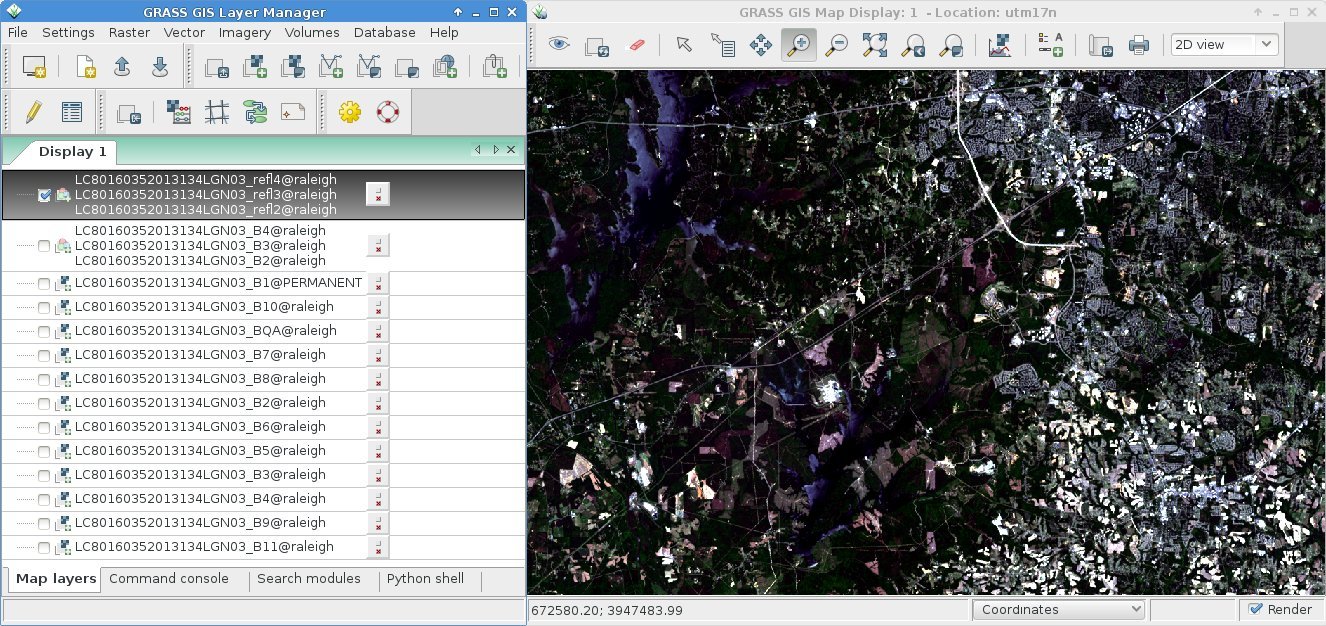


A Mapset contains raster and vector maps (layers) and other geospatial data. A Location is a directory which contains GRASS Mapsets. All data in one Location have the same projection (coordinate system, datum). You can have one or more of these directories on your disk. First, data must be in one directory called GRASS GIS database directory. The system is designed to accommodate large projects and even multiple users in a Location but it is also useful for individuals who just want to keep their data well organized. When GRASS GIS is started, it connects to database, Location and Mapset as specified by the user.īy this GRASS GIS is able to apply a specific system to organize the data. This database is divided into Locations and Locations are further divided into Mapsets. Basically all geospatial data for GRASS GIS are in the GRASS GIS database (a folder on a disk or network drive). In ArcGIS, users often have data in different directories on disk. GRASS GIS analytical modules won't ask us to provide projection for the output dataset which is a common thing for some ArcGIS tools. Once we import our data into GRASS GIS database with the right projection, we don't have to deal with the projection conversions and or inconsistencies and we can focus on the analysis. When the data are already in another GRASS Location which has different projection than we want, we can create a new Location with the desired projection and bring the data there using r.proj and v.proj. When data are in different projection they can be imported into GRASS GIS using r.import and v.import modules. However, for raster data there is for example the r.external module which allows to link (rather than import) and use data in different formats as long as they are in the same projection. to store vector data in the GRASS topological format. The other ways are keeping the geospatial data organized and requiring the data to be in a one format, e.g. This is one of the ways how GRASS GIS helps user to manage the integrity of their data. 6.1 Importing toolboxes and checking a licenseĪrcGIS supports on-the-fly projection of spatial data while GRASS GIS considers this as a bad practice and requires users to have consistent projection information for all the data entering the analysis.


 0 kommentar(er)
0 kommentar(er)
